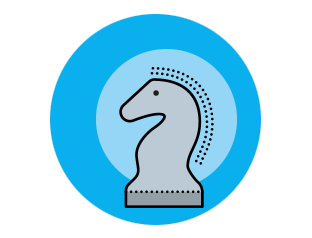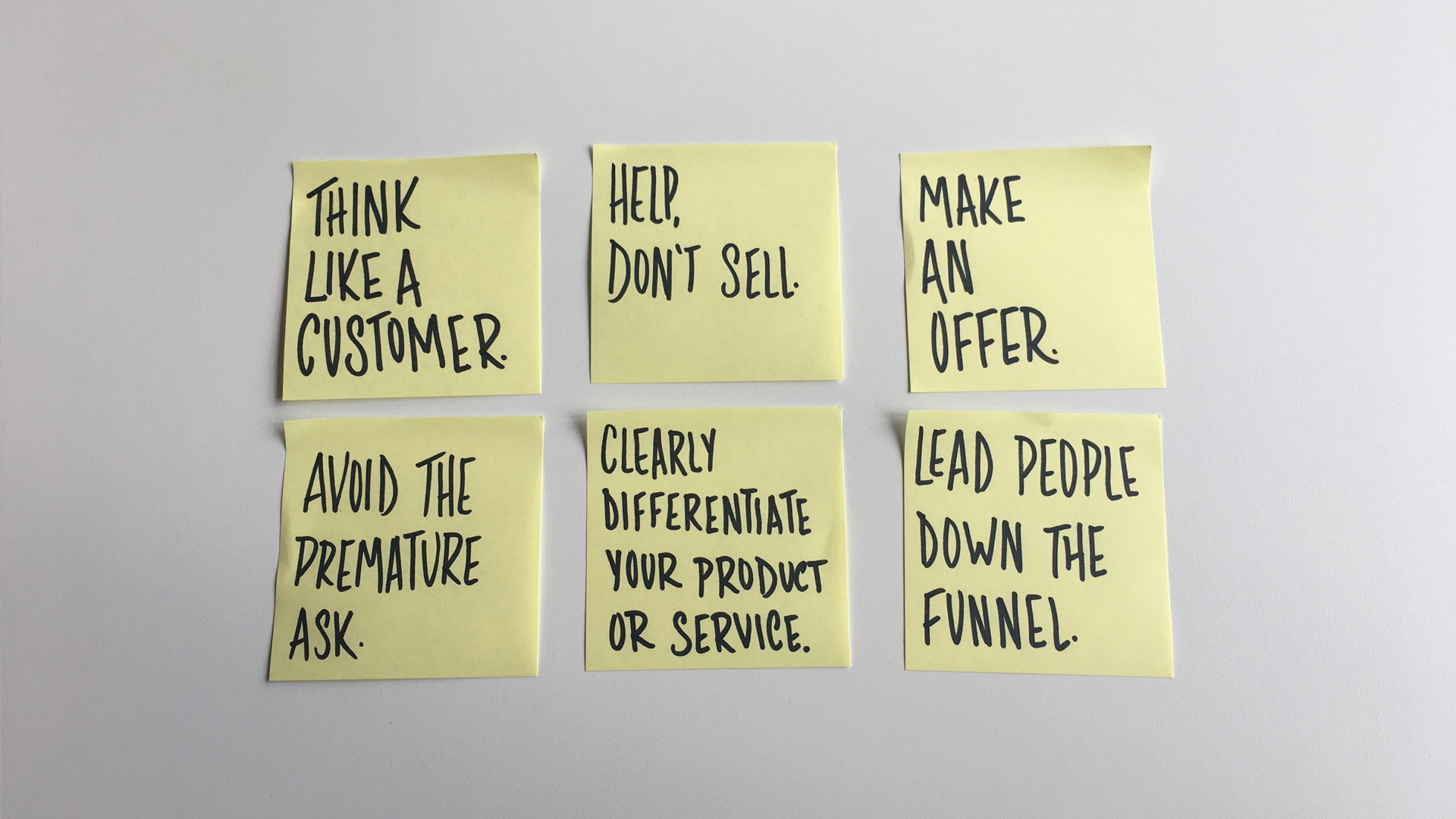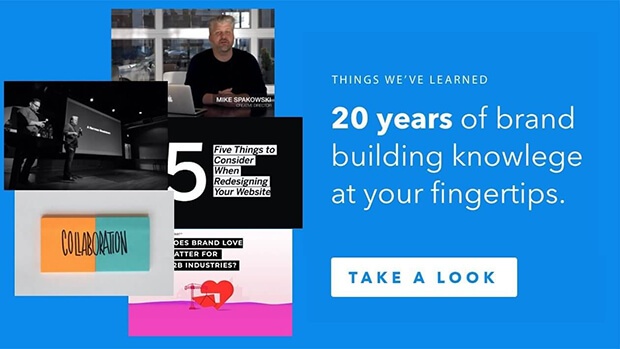Increase Website Leads By Thinking Like a Prospect
To increase website leads, think like a prospect: it’s all about getting to know your business first, rather than jumping straight into buying mode.
One of the best salespeople I’ve ever met talks about selling this way: “When I meet with a customer, I don’t start out by talking. I’ve got to ask questions, and listen to the answers. I’m not going to sell anything by forcing something people don’t need, or aren’t ready for.”
Sage advice that makes perfect sense. Advice your sales force probably lives and breathes every day. But now look at your website. How’s that philosophy holding up?
The truth is, most websites are so focused on selling, they forget the number one rule of sales: knowing your customer. They’re so busy communicating everything about the company, they lose complete track of who they’re even talking to. They are trying to increase website leads, but they are missing something in the process.
Unfortunately, the more complicated the product, the longer the sales process, the more egregious, and yet common, this oversight seems to become.
Think of the professional services website that’s touting “people first.” Or the manufacturer that’s adding bullet-point features to every product in an effort to win customers. Or the hospital-oriented SaaS product that forces prospects to complete a three-tiered form just to download a case study.
Here’s my challenge to you: As you think about creating or reworking your website, think like your prospective customer. Think like your best sales people. What does that look and sound like? Here are a few thoughts.

Avoid the premature ask.
You’ve seen it a million times. Maybe you’ve even done it. I know I’m guilty. You create a homepage that’s going to be a prospect’s first impression of your company. And, right off the bat, you ask for a free trial. Or a consultation. Or something that requires a commitment.
As my sales-expert friend will tell you, that’s not how people work. You can’t jump right into commitment. That’s especially true if you’re selling something that’s complex and expensive. You’ve got to build trust first.

Help, don’t sell.
How do you build trust? Show your prospects you understand their concerns. Answer the real questions they’re asking. The bottom line? Help people solve their problems, and show them (rather than just tell them) you’re qualified to do so.
Yup, that’s trust. And it’s the most important first step toward a sale, especially a big-ticket one.
This is about more than writing a couple of blog posts or re-tweeting customer testimonials, although those are certainly part of it. This is about structuring every part of your site to answer questions and alleviate customer concerns.
Not to break down the so-called fourth wall, but that’s exactly the point of content like you’re reading right now: we know that at some point you’re going to think about redoing your website. And rather than simply reiterate the fact that we build websites, we want to help you do it right.
How can you apply this level of thinking to your own website?
Increase Website Leads by leading people down the funnel.
Even as you ease off the hard sales and strive to help, you can be subtly (and even not-so-subtly) pushing people to a decision.
As people get deeper into your site, and as they come back for repeat visits, it’s appropriate, even natural to ask for more and more information. You can build your website to recognize repeat visitors, and even remember the information they’ve entered on your site during past visits.
It becomes an incremental process – just as if an actual sales person were talking to an actual prospect. When people explore your solution pages and product-specific sections, you can naturally move to invite them to free trials, consultations or deeper conversations about their specific requirements.

Clearly differentiate your product or service.
Make it easy for people to know why your product or service is right for them, with charts, graphs, callouts and testimonials. Make it interactive, so people feel like you’re crafting a product or pitch just for them. For example, for a hospital you might have your prospect tell you the number of patients their facility serves. Or for a manufacturer, you might add a slider for a plant’s capacity.
Here’s a tip to make it even better: talk to your sales team. Get their perspective on how conversations progress, where sales decisions are made and lost, and then build your website to answer those objections, avoid roadblocks and keep things moving forward.
Remember: making your product or service stand out isn’t just a matter of bullet points. This is about benefits. And when you can clearly (and even literally) demonstrate what sets you apart from the competition, you’re on the right track.
That level of thinking alone is enough to help you stand out. But when you have clear, tangible advantages, and can make them relevant to your customers, you’ll be one step ahead, and you’ll increase website leads – because those alone can give people a reason to get in touch.

Make an offer.
And finally – let’s go old school. The aging (aged?) marketers among us will recognize this one: always make an offer. Create an incentive for people to give you a little bit of information.
The easy answer, of course, is to provide a free trial or demo – and maybe a small gift in return for their time. If your products aren’t a fit for trials or demos, look for unconventional opportunities to connect people with your sales team. Factory tours? Customer referrals? Make it memorable and of lasting value.

Think like a customer.
What’s next? Talk to your sales force, and see what your website or other marketing efforts can do to help. It’s not just about feeding them leads, it’s about helping them succeed, right? The best, perhaps the only, way to do that is to align everything with how your customers actually make decisions.




